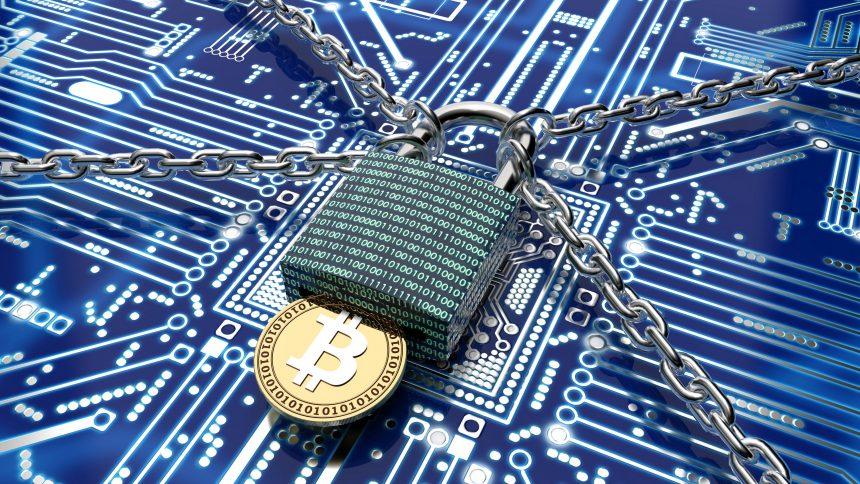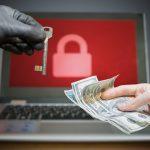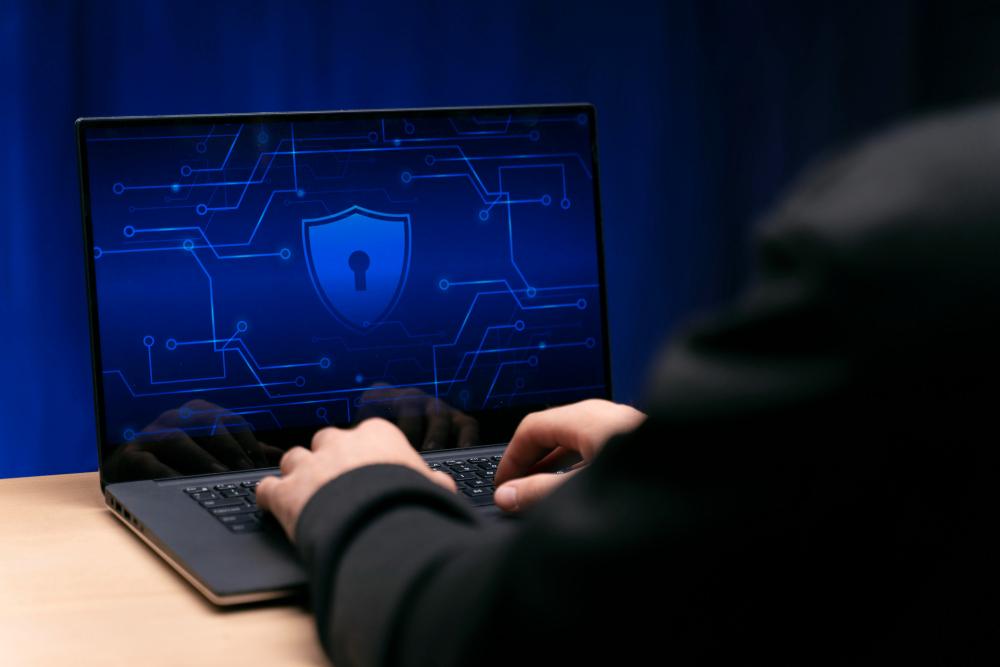Ransomware continues to pose a significant risk to individuals and organizations alike. One of the latest menaces is the Lord Bomani ransomware, a malicious software designed to encrypt victims’ files and demand a ransom for their release. This article delves into the intricate details of Lord Bomani ransomware, its actions, consequences, and how to effectively remove it. Additionally, we will discuss similar threats and best practices for preventing future infections.
Actions and Consequences of Lord Bomani Ransomware
Lord Bomani ransomware operates by infiltrating a victim’s computer system and encrypting valuable files. Upon successful encryption, it appends a unique extension to the filenames and generates a ransom note, often presented in a text file or an on-screen message. This note typically includes instructions on how to pay the ransom, usually in cryptocurrency like Bitcoin, to obtain the decryption key.
The consequences of a Lord Bomani ransomware attack can be devastating. Victims may lose access to critical data, including personal documents, business records, and other sensitive information. This can disrupt business operations, lead to financial losses, and damage reputations. Furthermore, paying the ransom does not guarantee file recovery and may encourage further criminal activity.
Ransom Note
TheLord Bomani ransomware operators leave a ransom note with instructions for the victims. The text in the ransom note is as follows:
Lord Bomani Encrypted your File;(
All your files have been encrypted!lord_bomani@keemail.me
All your files have been encrypted due to a security problem with your PC.
If you want to restore them, write us to the e-mails: lord_bomani@keemail.me and jbomani@protonmail.com and Bomani@Email.Com
(for the fastest possible response, write to all 3 mails at once!)
Write this ID in the title of your message:
–
You have to pay for decryption in Bitcoins. The price depends on how fast you write to us. After payment we will send you the tool that will decrypt all your files.
Free decryption as guarantee
Before paying you can send us up to 3 files for free decryption. The total size of files must be less than 5Mb (non archived), and files should not contain valuable information. (databases,backups, large excel sheets, etc.)
How to obtain Bitcoins
The easiest way to buy bitcoins is LocalBitcoins site. You have to register, click ‘Buy bitcoins’, and select the seller by payment method and price.
hxxps://localbitcoins.com/buy_bitcoins
Also you can find other places to buy Bitcoins and beginners guide here:
hxxp://www.coindesk.com/information/how-can-i-buy-bitcoins/
Attention!
Do not rename encrypted files.
Do not try to decrypt your data using third party software, it may cause permanent data loss.
Decryption of your files with the help of third parties may cause increased price (they add their fee to our) or you can become a victim of a scam.
We also upload a huge amount of your personal data, including confidential information, financial information, customer personal information, passwords, and so on. Everything that we downloaded will be leaked for public use in case of non-payment or after the expiration of your key for decrypting files.
Hurry up! The decryption keys for your files may be overwritten and then recovery of your files will not be possible! (this usually happens a week after encrypting your files.)
Detection Names for Lord Bomani Ransomware
Various cybersecurity vendors use different names to identify the Lord Bomani ransomware. Some common detection names include:
- Win32/Filecoder.LordBomani.A
- Ransom.LordBomani
- Trojan-Ransom.Win32.LordBomani
These names may vary, but they all refer to the same underlying threat.
Similar Ransomware Threats
Lord Bomani is part of a broader family of ransomware threats that share similar characteristics. Some notable examples include:
- Ryuk: A notorious ransomware known for targeting large organizations and demanding substantial ransoms.
- Sodinokibi (REvil): A widespread ransomware that uses various attack vectors, including exploit kits and phishing emails.
- Maze: This ransomware not only encrypts data but also exfiltrates it, threatening to release the information publicly if the ransom is not paid.
Removal Guide for Lord Bomani Ransomware
Removing Lord Bomani ransomware requires a methodical approach to ensure complete eradication and file recovery. Follow these steps for a thorough removal:
Step 1: Isolate the Infected System
- Disconnect the infected system from the network to prevent the ransomware from spreading to other devices.
- If possible, power down the affected system to halt any ongoing encryption processes.
Step 2: Boot into Safe Mode
- Restart your computer and press the appropriate key (usually F8 or Shift + F8) during startup to enter Safe Mode.
- Select “Safe Mode with Networking” to allow limited network access for downloading necessary tools and updates.
Step 3: Remove the Ransomware
- Open Task Manager (Ctrl + Shift + Esc) and terminate any suspicious processes. Look for unusual names or high-resource usage.
- Access the Control Panel and navigate to “Programs and Features.” Uninstall any recently installed or unknown applications.
- Open the Run dialog (Win + R), type “msconfig,” and press Enter. In the System Configuration window, disable suspicious startup items.
Step 4: Restore System Files
- Use System Restore to revert your system to a previous state before the ransomware infection. This can help restore encrypted files and remove malicious changes.
- Open the Run dialog (Win + R), type “rstrui,” and press Enter.
- Follow the on-screen instructions to choose a restore point and revert your system.
Step 5: Recover Encrypted Files
- If System Restore is not effective, attempt to recover files using backup copies. Ensure backups are stored offline or on a separate device to prevent reinfection.
- Use file recovery software to attempt restoration of encrypted files. This method is not always successful but can be worth trying.
Step 6: Clean and Update the System
- Run a comprehensive antivirus scan to detect and remove any remaining malware components.
- Update your operating system, software, and security patches to close vulnerabilities exploited by the ransomware.
Best Practices for Preventing Future Infections
To protect against future ransomware attacks, adopt the following best practices:
- Regular Backups: Frequently back up important data to an external drive or cloud storage. Ensure backups are disconnected from the network when not in use.
- Update Software: Keep your operating system, applications, and security software up to date with the latest patches and updates.
- Email Security: Be cautious with email attachments and links. Verify the sender’s authenticity before opening attachments or clicking links.
- Use Strong Passwords: Implement strong, unique passwords for all accounts and enable multi-factor authentication where possible.
- Network Security: Use firewalls, intrusion detection systems, and secure network configurations to protect against unauthorized access.
- Employee Training: Educate employees about cybersecurity best practices and the dangers of phishing scams and social engineering attacks.
By following these guidelines, you can significantly reduce the risk of ransomware infections and protect your valuable data.





